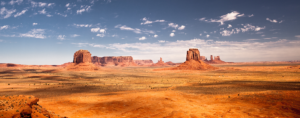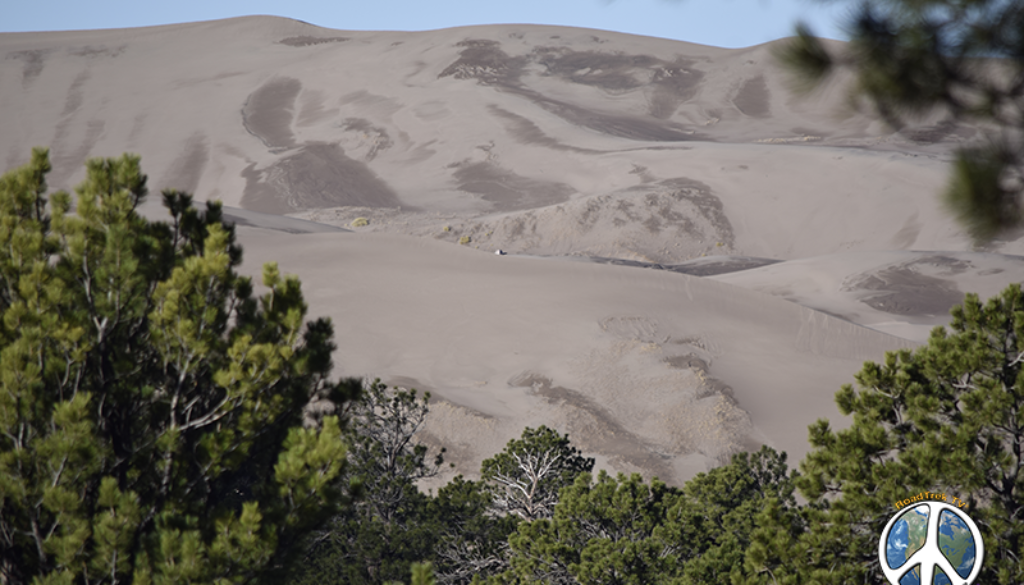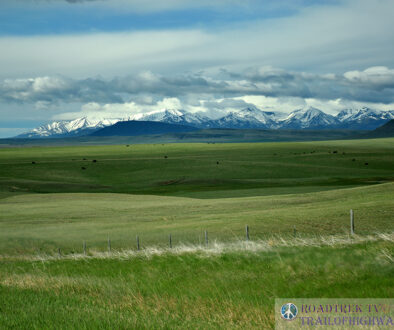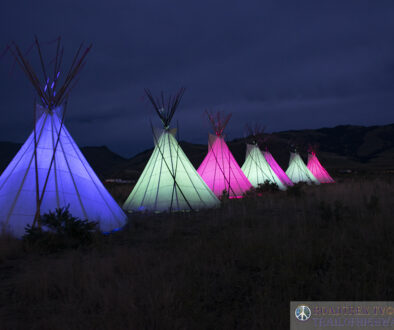Great Sand Dunes National Park & Preserve
Great Sand Dunes National Park & Preserve: The Definition of Diversity
There are those who say it looks “almost alien,” as if it can’t be “native” to the land it sits upon. It’s true that we are not confused when witnessing wide expanses of sand-filled desert located in Arizona and New Mexico, but it is also true that none can compare with the Great Sand Dunes of Colorado.
The video starts at Sand Ramp Trail Head Two Miles Past Castle Creek in the Preserve
Sitting at the edge of the Rockies, the brilliant snow caps upon the tall mountains definitely don’t mesh with the golden sand dunes located at their base. Covering a large area and reaching heights of 700 feet above the floor of the completely flat San Luis Valley, the tallest dunes in America sit. It took thousands of years of westerly winds blowing over the Rockies to create the Great Sand Dunes which continue to grow every day, as the wind gradually transforms the shape and patterns of the sand.
It took Thousands of Years to Create
Although it took thousands of years, it was actually only recently that the Great Sand Dunes National Monument was officially upgraded in status. It was in November of 2000 that, after years of purchasing adjoining ranchland, it came to be known as the Great Sand Dunes National Park and Preserve. But the history behind the area is a long and colorful one.
Evidence shows that humans calling this home date back 11,000 years. People have had a connection with the Great Sand Dunes for countless generations, with some of the earliest being from the Stone Age—nomadic hunters and gatherers who dwelled around the herds of mammoths and prehistoric bison grazing nearby. But up until 400 years ago, there were others who made a connection to the land.
Although the names and languages of the earliest tribes are unknown, modern American Indians are very familiar with the area. A variety dwelled in and around the dunes when Spanish explorers arrived in 1694, with Don Diego de Vargas being the first documented European to enter the San Luis Valley. De Vargas was followed by many more; in fact, this became a travel route for one and all.
Discovery by Lt. Zebulon Pike
The most vivid details come from Army Lt. Zebulon Pike, who led a group of soldiers in mid-winter over the mountains. Words written in Pike’s journals in 1807 brought the beauty and mystery of the Great Sand Dunes to life. He wrote: “The sand-hills extended up and down the foot of the White Mountains…their appearance was exactly that of the sea in a storm.”
As the railroads began their expansion, the Rockies were explored. From military forts being created near the dunes to safeguard travel for settlers; to mail routes being established and roads built for stagecoaches to get through the harrowing landscape, the area was among the most eventful in American history. Even the famous Buffalo Soldiers – who were awarded more Medals of Honor than any other American military unit during that time – patrolled around Great Sand Dunes from 1852-1883, protecting both settlers and tribes.
The Great Sand Dunes were also seen by the miners racing west during the gold and silver rushes. People had frequently speculated that gold might be present in the dunes, and gossip such as this started up the Volcanic Mining Company’s gold mill designed to unearth gold from the sand.
After all of these generations, the dunes have remained a source of U.S. pride and tourist dollars for the State. Approaching the dunes across the flat valley floor is breathtaking. Once there, the memorable hiking to be found in Great Sand Dunes National Park and Preserve is beyond memorable.
People who trek the high elevation backcountry, do so using the only two maintained, easily-accessed trails: Mosca Pass Trail and the incredible Sand Ramp Trail. The latter is a full eleven miles in length, and offers access to primitive camping locations and other backcountry sites located in the mountains. One of the most outstanding views off Sand Ramp Trail appears early on at a juncture that leads up a treeless valley, winds through switchbacks and ends at the Dunes Overlook, where you can witness the awe-inspiring sights.
The Sand Ramp trailhead, which has obvious signs posted, is one that avid outdoorsmen and women want to undertake. As the name suggests this area is sandy at first, but will take you into the thick, cool forest of tall pines, before descending back towards the dunes. Runners and hikers like to park their cars at the “Point of No Return” Parking Area to enter the Sand Ramp Trail and enjoy everything from the sandy soil to the beauty of the foothills.
With some parts feeling isolated and remote, backcountry camping can be done at one of the seven primitive sites along Sand Ramp. And the list of what you’ll experience is a long one. The varied plant-life includes Ponderosa pine, aspen, yucca, prickly pear cactus and a stunning array of wildflowers that bloom in late spring/early summer. And if animals are what you wish to see, view everything from elk and pronghorns to deer and woodpeckers. Although the mountain lions, bobcats and black bears also inhabit the area, they tend to stay in the higher altitudes.
The Great Sand Dunes National Park and Preserve proves that it’s literally the definition of “diversity.” Whether it be the flora or fauna, or generations that have come before, this is one “patch” of historical land that cannot be found anywhere else.
Seasons on the Sand Dunes, What to Wear
Over a five year lapse of time, I visited Great Sand Dunes National Park seven times. This place has energy that isn’t found in a lot of other places. I’ve hiked on ice in February and the Dunes in early August, (too hot, will not do that again) camped in the Preserve in September. Field tested some of the earlier pieces of outdoor apparel here.
Lower layer of outdoor apparel, even in the summers heat I like to wear a legging. A UPF-50 with at least and 15% Spandex for stretch. Winds on the dunes, you are being sand blasted and leggings offer great protection. I often wear legging as a base layer under shorts more often than not.
Upper Base Outer Layer combination I have been going with is a graphic sun protective hoodie for a base layer. These are cut loose, so for just a base layer I would order a size smaller. I still wear my normal size cause I wear a Hydrophobic quarter zip over the top. I remove the quarter zip when I get to warm or as the day warms up.
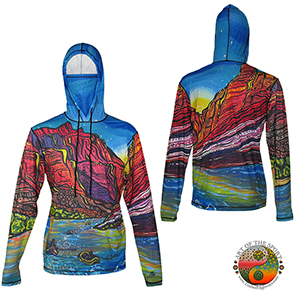

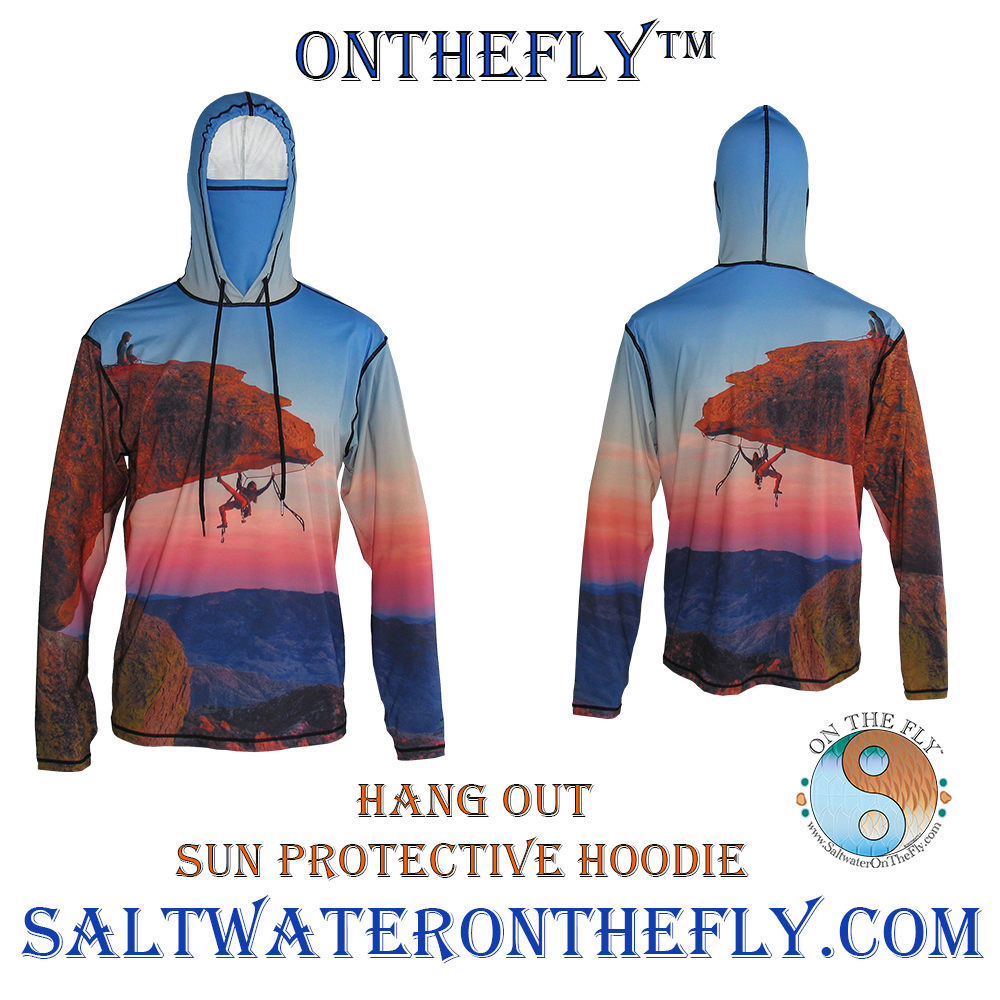
It’s All About the Journey, Where are You Going
So many continents, trout streams, dinner dates. Its enough to drive you crazy.
Think of leaving it all behind, forever might be nice. Leads to too many questions. So maybe just a month away from it all. But then what to do. Climb Kilimanjaro and five days of safari for wildlife or fly fishing Italy. Or Maybe get lost in the Alaskan Wilderness fly fishing for Wild Alaskan Rainbows or Salmon.
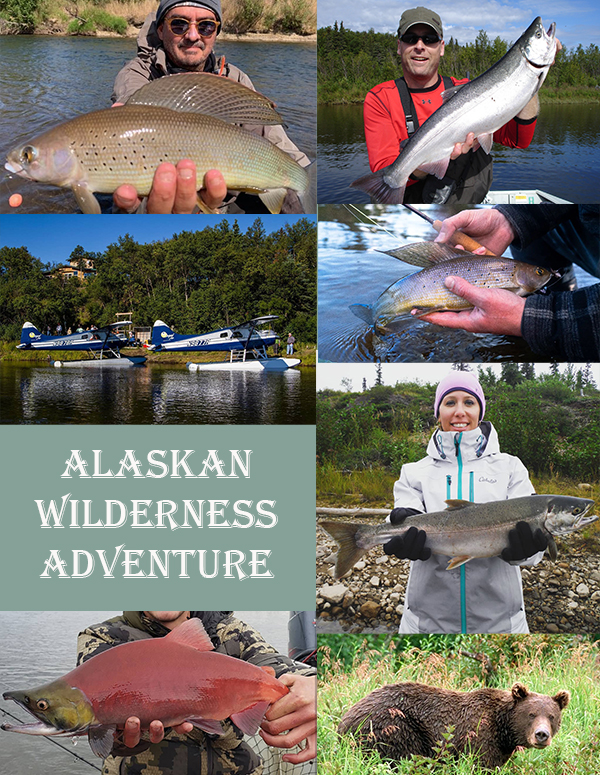
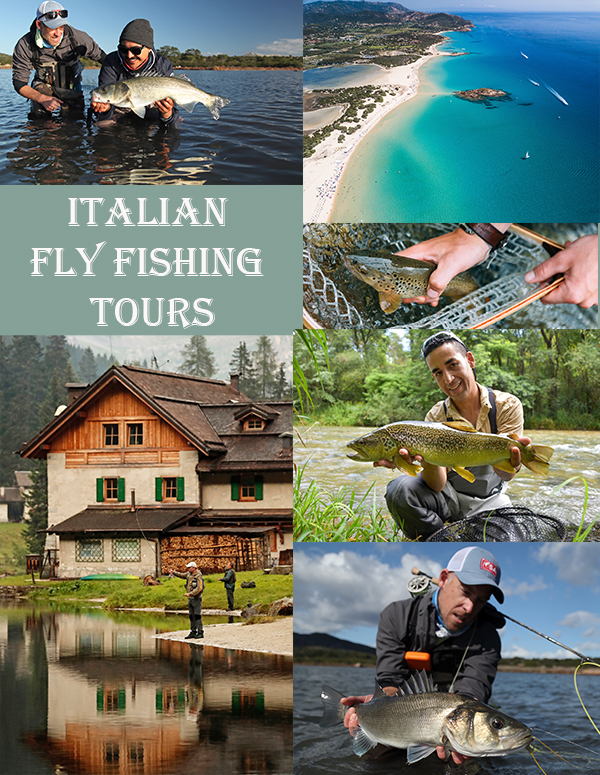
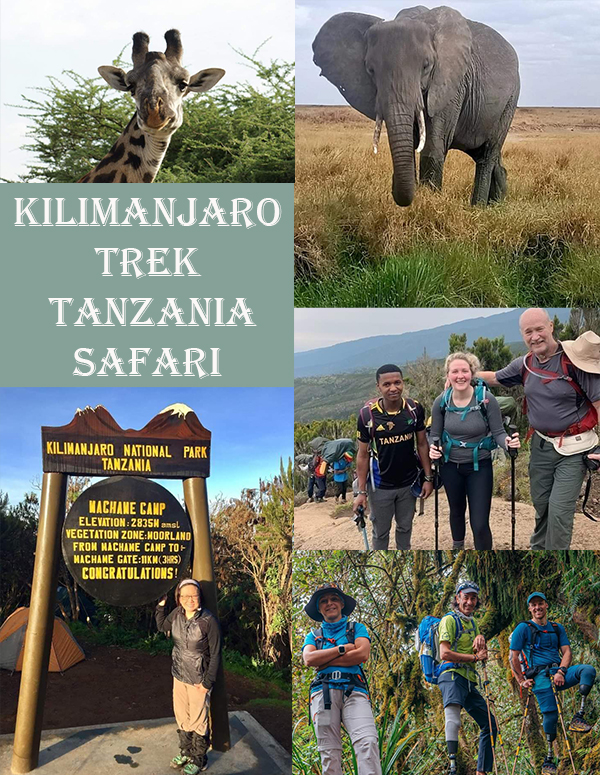
More from other Sand Dunes Expeditions
Follow the Journey and Learn More about Great Sand Dunes National Park and Preserve Click Here!
Great Sands Dunes National Park Photo Trip One: Click Here!
Great Sands Dunes National Park Photo Trip Two: Click Here!
Great Sand Dunes, Preserve 4 X 4 Overnight Trip Episode Two: Click Here!
Great Sand Dunes Ep-2: Click Here!
Follow the Hike on the Sand Ramp Trail; Click Here!
Enjoy the Photo Journey: Click Here!
Cosmic Highway Video 1-1: Click Here
Cosmic Highway Video 1-2: Click Here
As a company, as individuals and a group, we are strong supporters of public land and can’t stress enough how everyone needs to get involved with a local conservation in your area and do all we can to save our “Wilderness Areas, Monuments, and other Public Lands”.
Don’t Let Our Government become very reckless with Nature and Our Public Lands!
Support Your Local Conservation Organizations!
